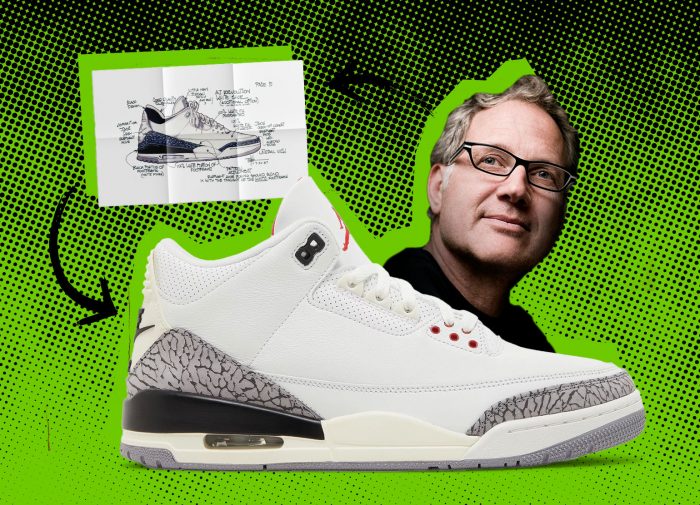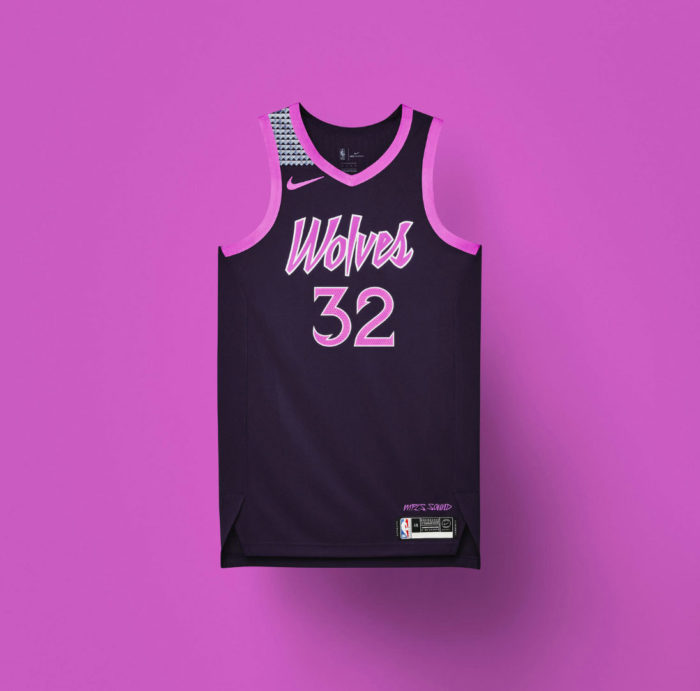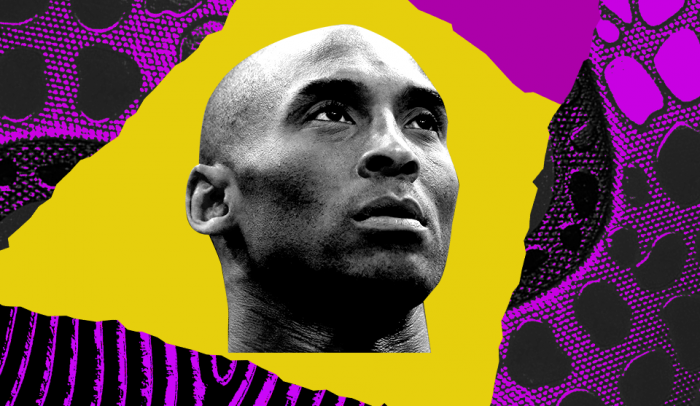Long before anybody jogged in Nike Free running shoes or Euro stepped in a pair of Jordans, a humble track coach from a small town in Oregon spent his evening hours perfecting a shoe for his athletes. His name was Bill Bowerman. He ended up being Nike’s first shoe designer, and his story can teach us all a lesson or two about what happens at the intersection of innovation, resilience, and the relentless pursuit of cutting-edge design.
As the coach of the University of Oregon Track & Field team during the 1950s and 1960s, Bowerman—who was also a decorated WWII hero—became obsessed with improving his runners’ times. Among other obsessions, he would strategically shave material off of their shoes, which were weighed down by thick leather and heavy metal spikes.
He would repeatedly send these design refinements back to the manufacturer in hopes that they would implement them into a future shoe design, but never received a response.
Still, he kept on going.
Among the athletes who ran during his tenure was none other than Phillip Knight, a journalism student from Portland, Oregon who could run a mile in just over four minutes. While Knight was a stellar athlete, he was a few seconds short of pursuing an Olympic gold; upon graduating from Oregon, Knight pursued an MBA at Stanford. While enrolled in a small business class, he was required to invent a new business and create a marketing plan.
The title of his paper: “Can Japanese Sports Shoes Do to German Sports Shoes What Japanese Cameras Did to German Cameras?“
While he didn’t know it at the time, Knight had just written a blueprint that would enable Bowerman to alter the course of shoe design—and marketing—forever.
After completing grad school in 1962, 26-year-old Knight took a trip to Japan to see if his blueprint had merit in the real world. While he was there, Knight cold-called Kihachiro Onitsuka, a retired military general who founded the Onitsuka shoe company in 1949. He saw it as a way to raise the self-esteem of Japan’s postwar youth through athletics.
Impressed by the company’s lightweight Onitsuka Tiger shoe, which was made from materials that were a stark contrast from the heavy and painful shoes he grew up running in, Phil brokered a deal to bring the shoes back to the United States as an exclusive importer and distributor.
Shortly after receiving his first shipment of the shoe samples, Phil immediately sent two pairs to his old track coach to get his thoughts on the lightweight shoe design.
“If you can send up some kind of a contractual agreement with those people, for goodness sakes, do it,” wrote Bowerman in response. “I’ll pass on some of my (design) ideas to you; but, of course, I’ll expect you to make some kind of an arrangement with cutting your old coach in, too.”
And so, after a quick meeting in January of 1964 in a Portland hotel room, Bill and Phil each put $500 (which, at the time, was half of Phil’s life savings) on the table and went into business together under the name Blue Ribbon Sports. Despite having an official registered business and the exclusive contract to import the Onitsuka Tiger shoes into the USA, there was one thing that the two did not have: a physical storefront.
Instead of seeing this as an obstruction, the two saw an opportunity: Why not go where the runners already are?
Phil would follow Bill around to track meets around the Pacific Northwest and sell the shoes out of the trunk of his “Kitchen Green” 1964 Plymouth Valiant. They could only fit so many pairs in the trunk at a time, though; despite slowly gaining popularity in the running community, Phil and Bill still had to hold their day jobs to pay the bills. While Bill was on the track, Phil worked as both an accountant and a teacher in Portland.
Opportunity met preparedness in 1965 when Kenny Moore, one of Bill’s runners, ran into the path of an oncoming runner during competition. As a result, he was left with a devastating stress fracture to his foot that sidelined him from the track. With a nearly perfect winning record behind him, Bill’s season was now on the rocks.
Still, he kept on going.
Not wanting his star athlete out of commission for longer than necessary, Bill got to work on a new running shoe design that was drastically more cushioned than any other athletic shoe before it; a shoe that Moore could run comfortably in during recovery. Once he had the prototype made, he sent it to the Onitsuka factory with specific design instructions.
After years of rejected design suggestions, Bill not only had the ability to produce a shoe design that was entirely his own; he was unknowingly about to tilt the industry off its axis and set in motion a running revolution.
In 1967, Onitsuka introduced the Tiger Cortez, the first production shoe designed and engineered by Bill Bowerman. Runners loved the Tiger Cortez because it was stable and comfortable for long runs—a new kind of cushioned running experience that hadn’t been offered previously. It was also around this time that Bill released Jogging, an instructional book on the exercise that was the first of its kind and would later go on to sell over a million copies.
With a revolutionary product and a stellar piece of informational companion content, Bill and Phil had themselves a winning formula just before the fitness boom was about to hit in the late 1960s and early 1970s.
As true innovators who could sense the shift, the Blue Ribbon Sports founders—who were, until very recently, still selling shoes out of the trunk of their car—decided they no longer wanted to simply import and distribute somebody else’s shoes. The time had come for them to start designing and manufacturing their own.
After a quick brainstorm with their newly–minted first employee, the team decided on the name Nike—the Greek Goddess of Victory—and hired a Portland graphic designer to develop their new logo. A few months and $35 in design fees later, the Swoosh was born and Nike introduced their first shoe: the Bill Bowerman-designed Nike Cortez, a carryover of the original Onitsuka Tiger Cortez.
By 1969, the duo had sold a million bucks worth of the new Nike shoes.
But like any true innovator, Bill didn’t see a finish line; he kept pushing the exploration into other yet unknown running experience innovations. Among other ideas floating around his sketch pad was a running shoe that could offer the same traction as a track shoe for alternative running terrains, particularly roads and trails.
His “aha moment” came over breakfast one morning in 1970 when observing the pattern of his waffle. If the pattern was reversed, the positive indentations of the waffle pattern would provide the ideal tread pattern for a grippy outsole without adding too much weight to the shoe.
As you might expect, Bill took the waffle maker out to his shed and replaced pancake batter with rubber to create the initial mold samples that he would then test by gluing to the bottoms of existing Nike shoes.
The final result of that 1970 breakfast epiphany soon became known as the “Moon Shoe,” named for the similarity between the footprint indentations left behind on substrate surfaces and those left by astronauts on the moon. At the time, this was still a very new and futuristic concept.
As crude as they were, Moon Shoes helped pave the path for a more refined concept in the form of the Waffle Trainer in 1974. That was the shoe that finally catapulted Nike to global fame and secured the brand as a serious contender against companies that had decades of design and business experience on them.
In 1980, just six years later, Nike went public, and Bill and Phil were each worth over $100 million overnight.
Still, they kept on going.
While the following years of Nike saw the introduction of more advanced shoe technologies (Nike Air) and culture–shattering sponsorship deals (Michael Jordan) that further catapulted the brand into gyms, tracks, and homes around the world, the core values established by Bowerman in his relentless pursuit of the perfect shoe were (and still are) the blood and guts behind the Nike brand.
When looking at the early days of innovation at Nike through the lens of a modern marketer or designer, there are critical traits that led towards his success that we can apply to our craft today:
Be Passionate: From his earliest days as a track coach until his passing, Bowerman never stopped caring about the design and engineering of running shoes. At the heart of it all was his simple desire to shave seconds off the times of his runners.
Be Relentless: Despite never hearing back from manufacturers after sending designs and engineering considerations, Bill never stopped making shoes, and he ended up having the last laugh just two decades later.
Be Empathetic: By coming down from an elite level to introduce the general public to running for health and leisure through his book, Bill not only turned millions of newcomers on to running and healthy living; he also made them believers in his brand, too. This just might be the smartest content marketing move of the 20th century.
Be Ready for The Shift: Bill likely wasn’t thinking about pouring urethane into his wife’s waffle maker the morning he sat down to breakfast and had his world-changing design epiphany. But because he lived through the lens of “What’s Next?” he was able to identify and act on an opportunity as soon as he saw it.
Be Evolving: Despite his successes, Bill was never really looking for a finish line. There was always something ready to be discovered next.
As Steve Prefontaine, the legendary runner who ran under Bowerman and eventually became Nike’s first sponsored athlete once said, “Some people create with words, or with music, or with a brush and paints. I like to make something beautiful when I run. I like to make people stop and say, ‘I’ve never seen anyone run like that before.’ It’s more than just a race, it’s style. It’s doing something better than everyone else. It’s being creative.”
How can you drive creativity to create something beautiful in your craft?
How can you leverage that to find “what’s next”?
Whatever it is, keep on going.



